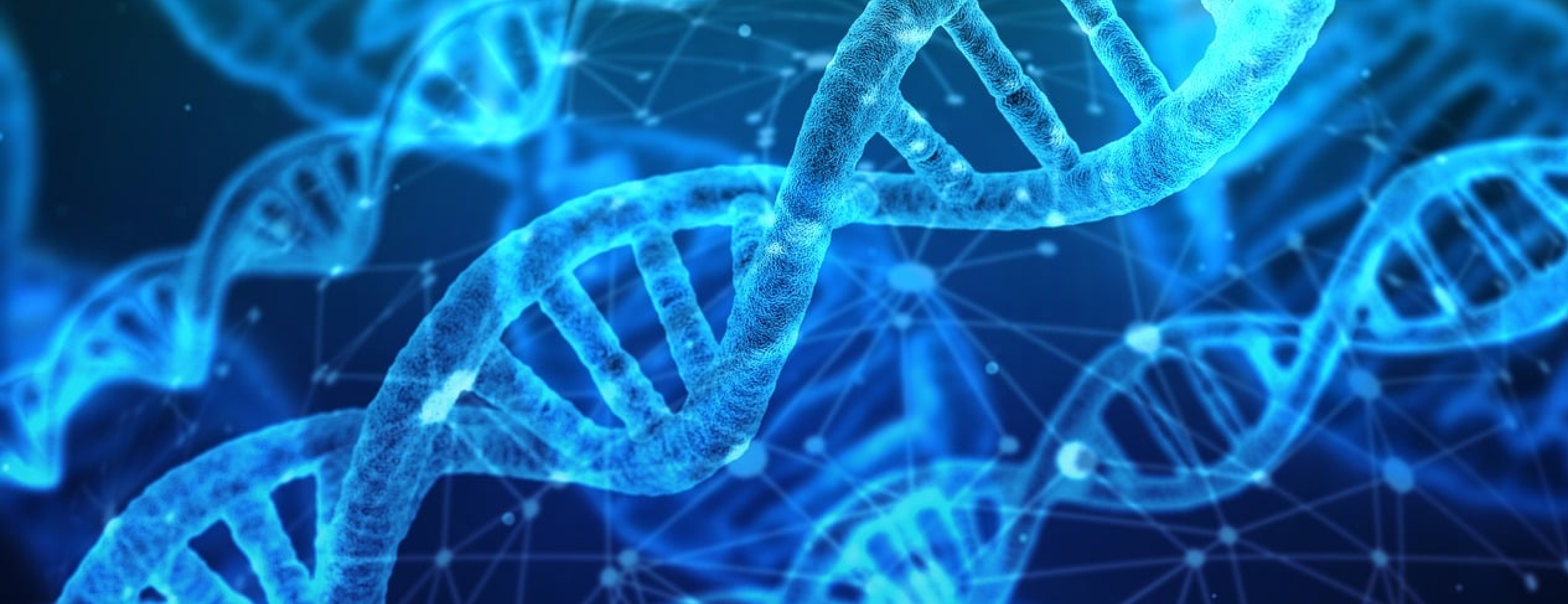Using Longest Common Subsequence (LCS) Logic for DNA Comparison and Matching
DNA comparison and matching are crucial processes in bioinformatics, with applications in fields such as genetics, forensic analysis, evolutionary biology, and personalized medicine. The need to compare DNA sequences arises in various scenarios, from identifying genetic variations between species to verifying familial relationships or even determining the origin of a particular organism.
At the core of these processes lies the challenge of accurately comparing DNA sequences, which are long strings composed of four nucleotides represented by the letters A, T, C, and G. In computational biology, sequence alignment algorithms are commonly used to match DNA sequences. One of the fundamental concepts behind sequence alignment is the Longest Common Subsequence (LCS). While LCS itself is not the primary algorithm used for DNA comparison, it provides a foundational logic for understanding how more advanced sequence alignment techniques work.
In this article, we'll explore the basics of LCS and how its principles can be applied in DNA sequence comparison and matching.
What is Longest Common Subsequence (LCS)?
The Longest Common Subsequence (LCS) problem is a classical problem in computer science where, given two sequences, the goal is to find the longest subsequence that appears in both sequences, while maintaining the original order of elements. A subsequence is a sequence derived from another sequence by deleting some or none of the elements without changing the order of the remaining elements.
For example, given the sequences:
- X = "AGGTAB"
- Y = "GXTXAYB"
The LCS is "GTAB", which is the longest sequence that appears in both X and Y.
The LCS algorithm uses dynamic programming to solve this problem efficiently by building a table that tracks matches between the characters of both sequences.
Applying LCS Logic to DNA Comparison
At a basic level, DNA sequences can be thought of as long strings of characters composed of the four nucleotide bases: A, T, C, and G. The LCS algorithm can be applied to DNA comparison by treating these sequences as input strings and finding the longest common subsequence between them.
For example, consider two DNA sequences:
- DNA1: "ACGTGCA"
- DNA2: "GCTACG"
Using the LCS approach, the longest subsequence common to both sequences would be "CGT".
Why LCS is Not Enough for DNA Comparison
While LCS can find the longest subsequence common to two DNA sequences, it has limitations when it comes to practical DNA matching. In the real world, DNA sequences often contain insertions, deletions, and mutations, which the LCS algorithm does not account for. Moreover, biological sequences require a more flexible approach to alignment that can handle gaps and mismatches in a biologically meaningful way.
To address these challenges, more advanced algorithms like Needleman-Wunsch (for global alignment) and Smith-Waterman (for local alignment) are used in DNA comparison. These algorithms build upon LCS logic by introducing penalties for gaps (insertions or deletions) and mismatches, allowing for more accurate biological sequence alignment.
However, the basic principle of matching sequences using dynamic programming, as demonstrated in the LCS algorithm, still underpins these more sophisticated methods.
Limitations of LCS for DNA Matching
- No Penalties for Mismatches: In LCS, mismatches between characters are simply ignored. In DNA matching, mismatches could represent important genetic variations, such as mutations, that need to be accounted for.
- No Support for Gaps: The LCS algorithm does not handle gaps (insertions or deletions) between sequences. In biological sequences, insertions and deletions are common and need to be considered during comparison.
- Not Sensitive to Biological Significance: The LCS algorithm treats all matches equally, regardless of their biological significance. Advanced DNA matching algorithms use scoring systems that prioritize matches in specific regions or between certain nucleotide pairs.
Enhancing LCS for DNA Comparison
Although LCS by itself is not sufficient for comprehensive DNA matching, it can be enhanced to create a simple yet effective framework for basic DNA comparison:
- Incorporating Gap Penalties: By introducing gap penalties, LCS can be adapted to account for insertions and deletions in DNA sequences. This brings it closer to the Needleman-Wunsch algorithm.
- Allowing Mismatches: One way to improve LCS is by allowing a limited number of mismatches between sequences. This would make the algorithm more robust for real-world DNA comparisons where mutations are common.
- Prioritizing Biological Regions: To make LCS more biologically relevant, scoring can be adjusted based on the importance of matching specific regions of DNA (such as coding regions or regulatory elements).
Example of an LCS-Based DNA Comparison Algorithm
Here’s an example of how you could implement a basic DNA comparison using LCS logic in JavaScript:
const longestCommonSubsequence = (seq1, seq2) => {
const len1 = seq1.length;
const len2 = seq2.length;
// Create a 2D array to store the lengths of LCS solutions
const dp = Array.from({ length: len1 + 1 }, () => Array(len2 + 1).fill(0));
// Build the LCS table
for (let i = 1; i <= len1; i++) {
for (let j = 1; j <= len2; j++) {
if (seq1[i - 1] === seq2[j - 1]) {
dp[i][j] = dp[i - 1][j - 1] + 1;
} else {
dp[i][j] = Math.max(dp[i - 1][j], dp[i][j - 1]);
}
}
}
// Reconstruct the LCS from the table
let lcs = '';
let i = len1, j = len2;
while (i > 0 && j > 0) {
if (seq1[i - 1] === seq2[j - 1]) {
lcs = seq1[i - 1] + lcs;
i--;
j--;
} else if (dp[i - 1][j] > dp[i][j - 1]) {
i--;
} else {
j--;
}
}
return lcs;
};
const DNA1 = "ACGTGCA";
const DNA2 = "GCTACG";
console.log(longestCommonSubsequence(DNA1, DNA2)); // Output: "CGT"
Conclusion
The Longest Common Subsequence (LCS) algorithm provides a simple and efficient way to compare DNA sequences by identifying common subsequences. While LCS logic forms the foundation of DNA comparison techniques, advanced sequence alignment algorithms like Needleman-Wunsch and Smith-Waterman are better suited for biological applications, as they account for mismatches, insertions, deletions, and other complexities.
Nevertheless, understanding LCS helps in grasping the basic principles behind DNA sequence comparison and offers a stepping stone toward more complex bioinformatics techniques.

